Lee Jung-seop as Museum talkBefore introducing Lee Jung-seop, I would like to ask you a serious question. What is art to you? what do you think of the picture? Think about it. We've had a pandemic. The world was all stopped, and a great fear was our daily life, as if the earth would perish tomorrow. What was painting to you then? Think about it. Even now, there are numerous wars around the world, such as the Russian-Ukrainian war. What does painting mean in it? Close your eyes for a moment and think... that's it. And open your eyes...what do you see right in front of you? Yes, that's right. It is an empty frame. For us, if there is no art, if there is no painting, you are looking at this spectacle. There is nothing to comfort you who have been through war, who have been in trouble, who have been isolated. Korea went through 35 years of the Japanese colonial era and experienced the great tragedy of the Korean War. After the war, everything in Korea disappeared to ashes. At that time, Korea was a hellish place with no hope, no laughter, only orphans, tanks, and the wreckage of collapsed buildings. However, even during this period, many artists continued painting while fleeing the war. Painter Lee Joong-seop was also one of them. In this age of chaos, what was the painting of Lee Joong-seop? Could it have been salvation? Was it consolation? Was it a means of livelihood? In fact, he was born in Pyeongwon, South Pyongan Province, as the youngest of three siblings of a landowner and was well-off enough to even go to Japan to study. But after the war, he lost everything in front of a historical tragedy and had to endure poverty, living in a tiny room where his family couldn't even stretch their legs and sleep. Poverty, hunger, and the fear of death were always in front of him. Ultimately, he couldn't overcome this and died alone like a homeless man at 39. After he passed away, his friends said that when they visited his room, it was full of overdue hospital bills. His life seems to represent the unfortunate history of Korea. 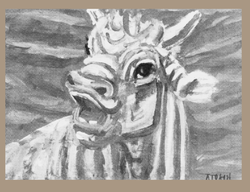 Before you ask him what the painting was, imagine a world where the colors are gone? Perhaps, in the ruins of war and the darkness of Japanese colonial rule, what he found was the will to live in a sparkling orange color. The beautiful painting that glows intensely in orange like this is Bull. It hangs at the National Museum of Modern and Contemporary Art in Korea. This painting is believed to have been painted by Lee Jung-seop in the 1950s. Lee Jung-seop, a painter, was a painter who especially loved cows. He thought that this cow's good eyes resembled Koreans' good and kind emotions. It is said that he observed and sketched so many cows that he was caught as a cow thief while closely observing the cows of others. To the painter Lee Jung-seop, the cow was the material that could best reveal Korean lyricism and local color. A cow, which can be easily seen in Korea, was selected as a material to convey the sad reality of losing the country to Japan, the spirit of the nation, and dignity. He didn't paint other people's lives. Instead, the hardships he went through by projecting his life, his inner world, onto his cow. It contained pain. And it also represents the hardships and pains of all of our contemporaries. To Lee Jung-seop, the cow was a symbol of the nation and an alter ego of himself. Through the cow, he captured his feelings and the history of the Korean people in the 20th century. As a result, he has been called the 'National Painter' most loved by Koreans. However, in his later years, he was so poor that it was difficult to find materials for painting. Still, he did not give up painting. At that time, he created his technique by digging grooves on tinfoil paper in cigarette packs and drawing various tinfoil paintings. One of these works currently hangs in New York's Modern Art Gallery. Today, I talked with you about the bull drawn by Lee Joong-seop, the national painter of Korea. This bull, one of his most famous works, is lovable, courageous, and energetic, with a close-up face glowing orange. His life seems to tell us that life is lonely, sad, and longing. However, looking at his bull, he seems to be telling him to live vigorously. What pain is in your heart? How hard is it? How desperate and lonely are you? Artist Lee Jung-seop seems to have received much comfort by drawing this orange-colored bull while living such a human life. And maybe he was trying to return this comfort to us again? It is as if Van Gogh was confined to a mental hospital and painted the world's masterpiece, The Starry Night.
0 Comments
Leave a Reply. |
Myungja Anna KohArtist Categories
All
Archives
July 2024
|
Proudly powered by Weebly

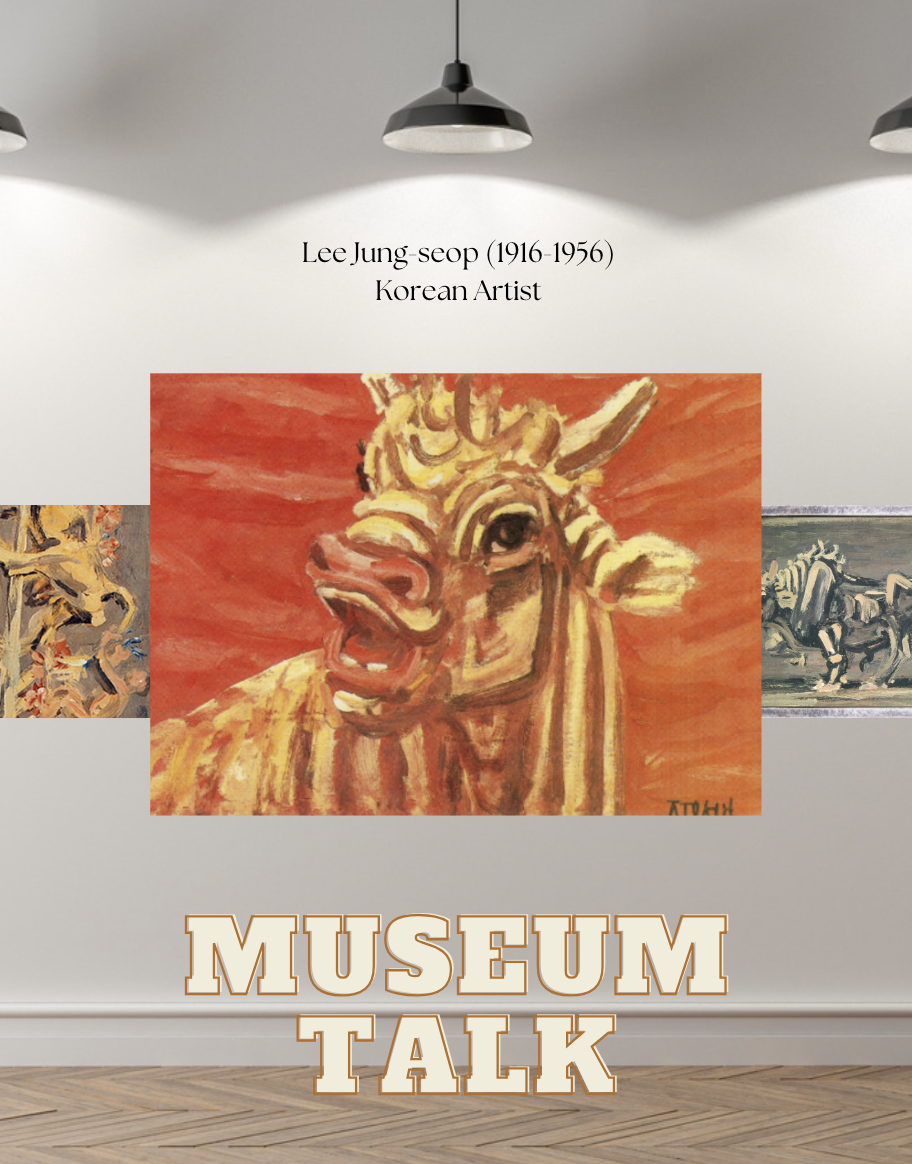
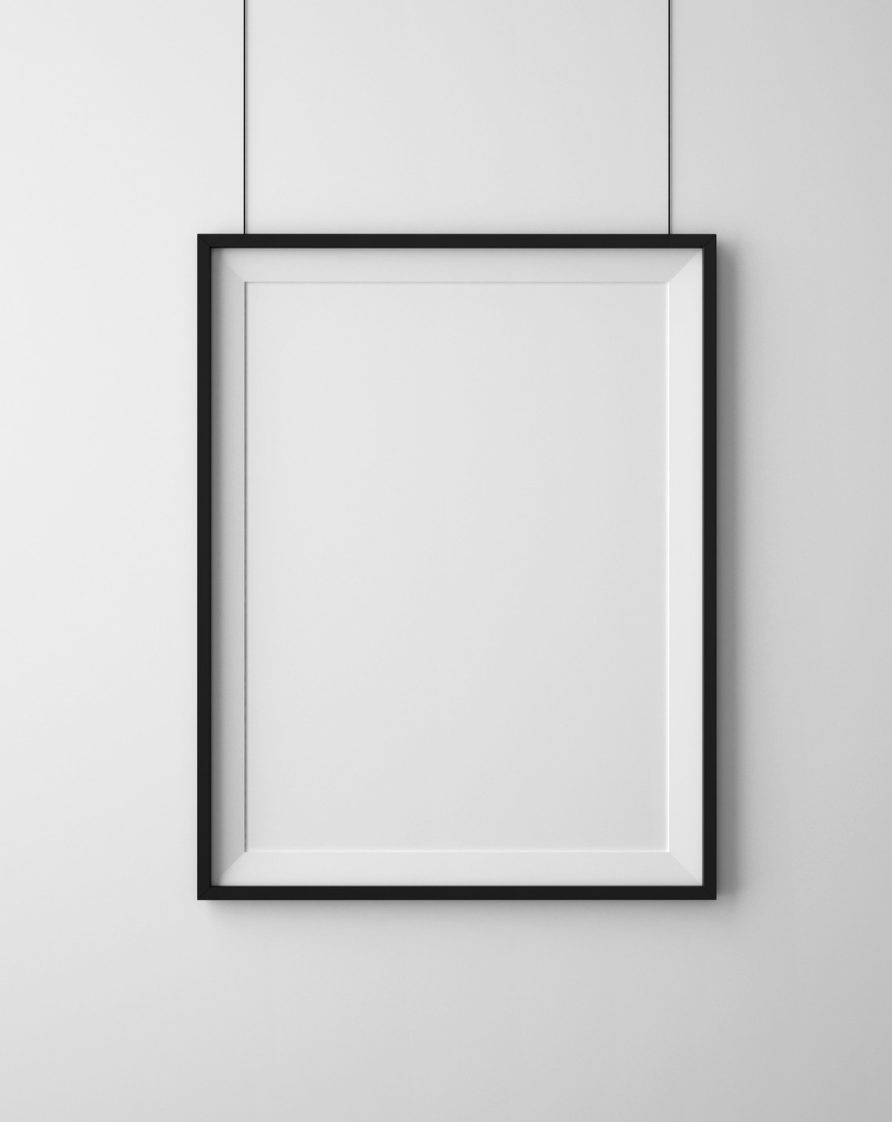
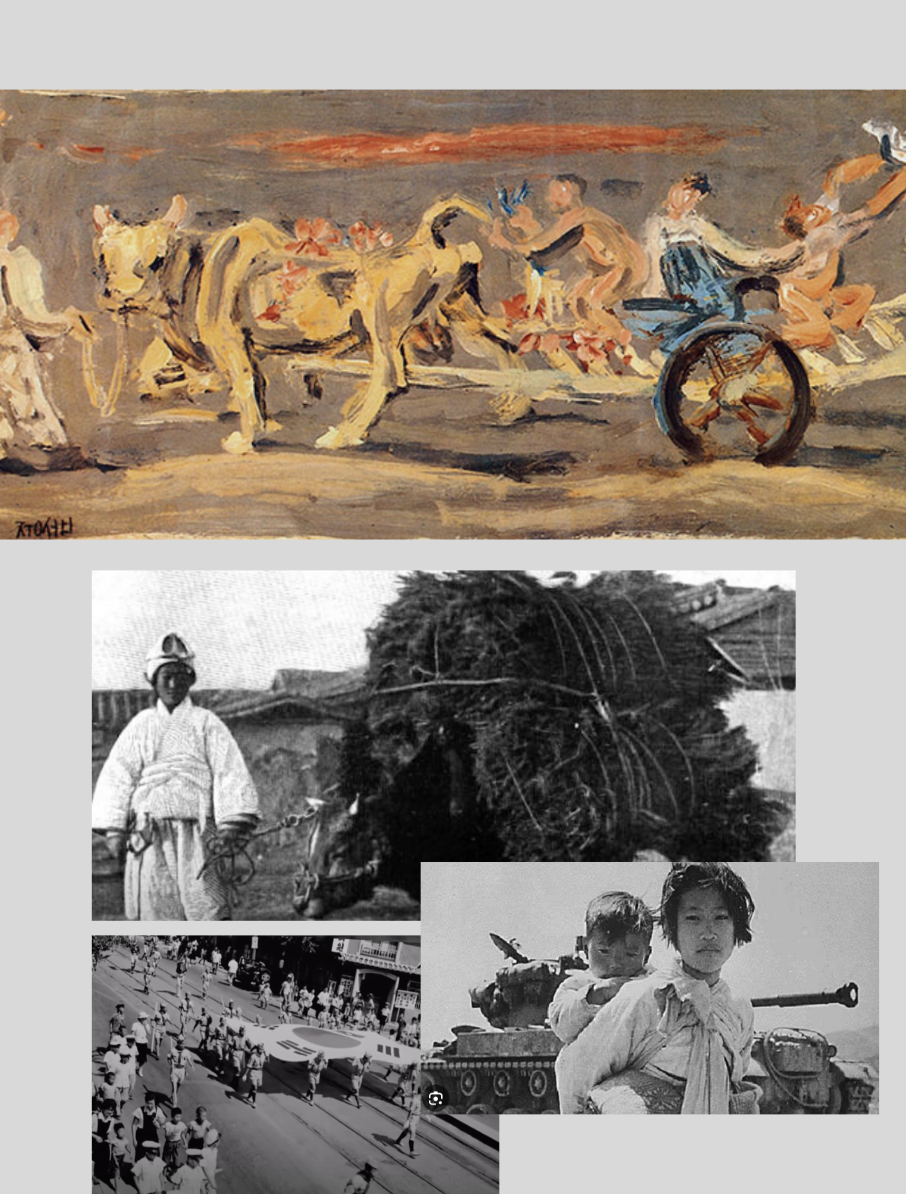
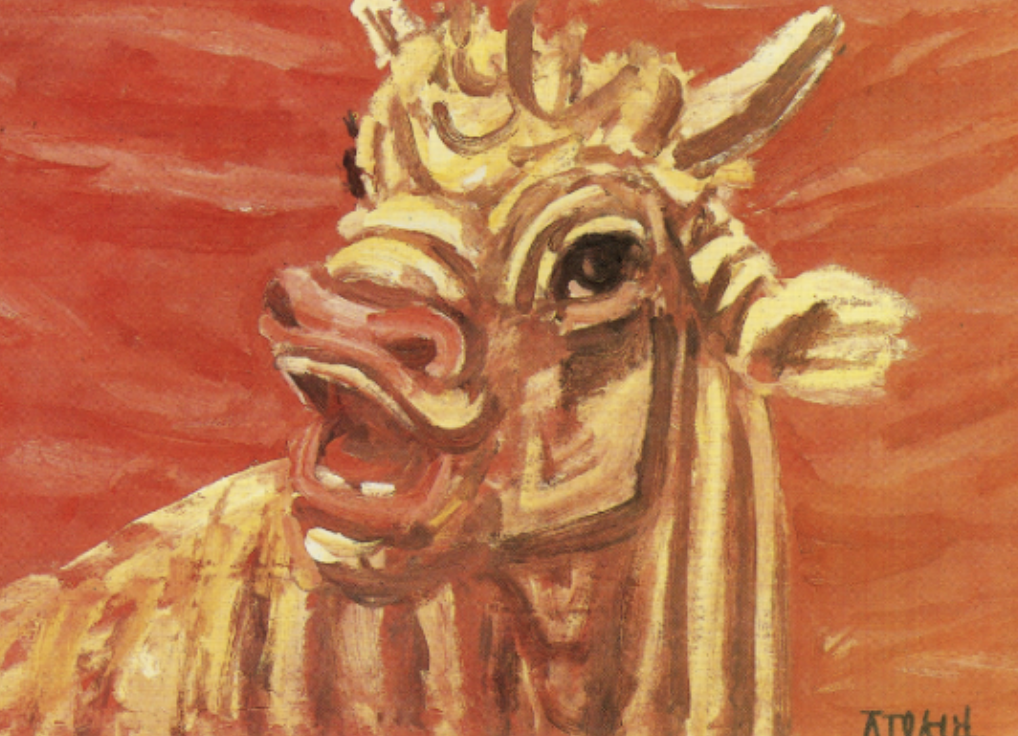


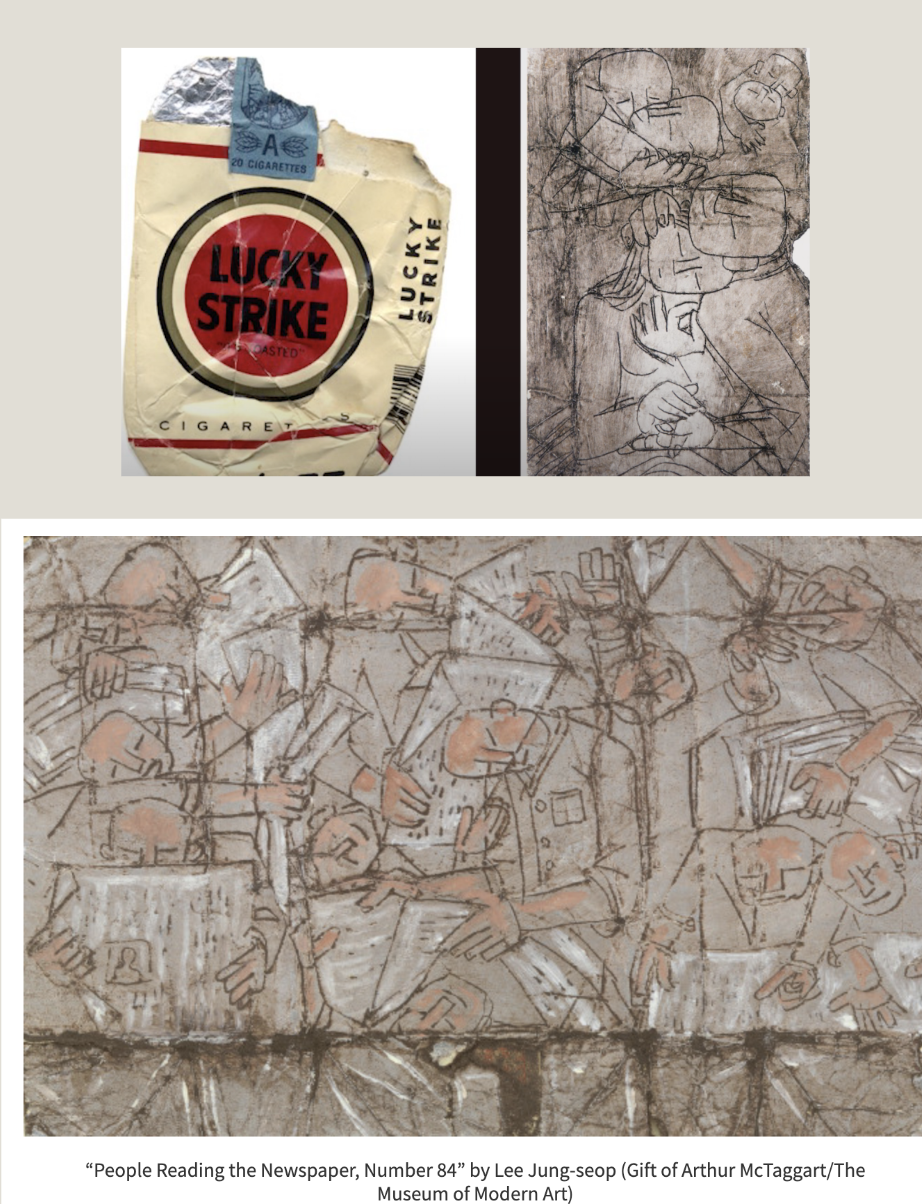
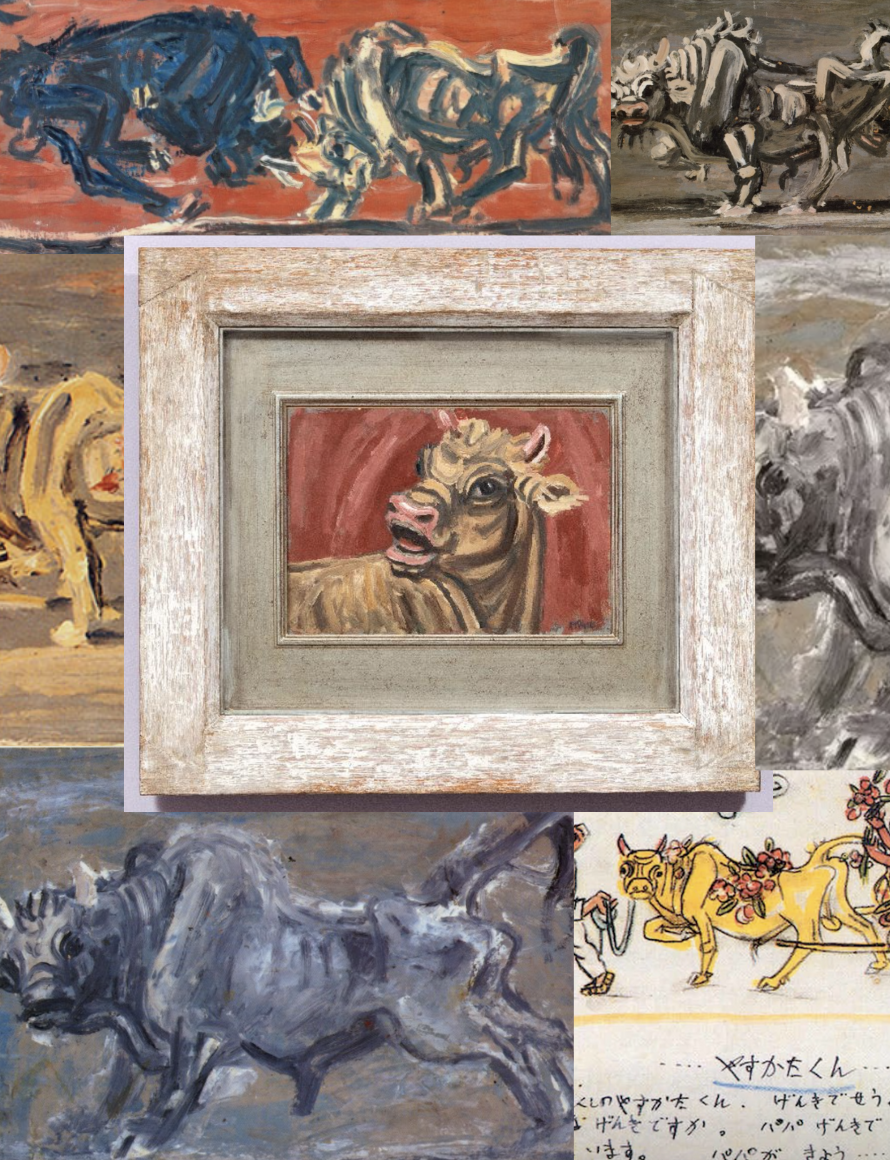
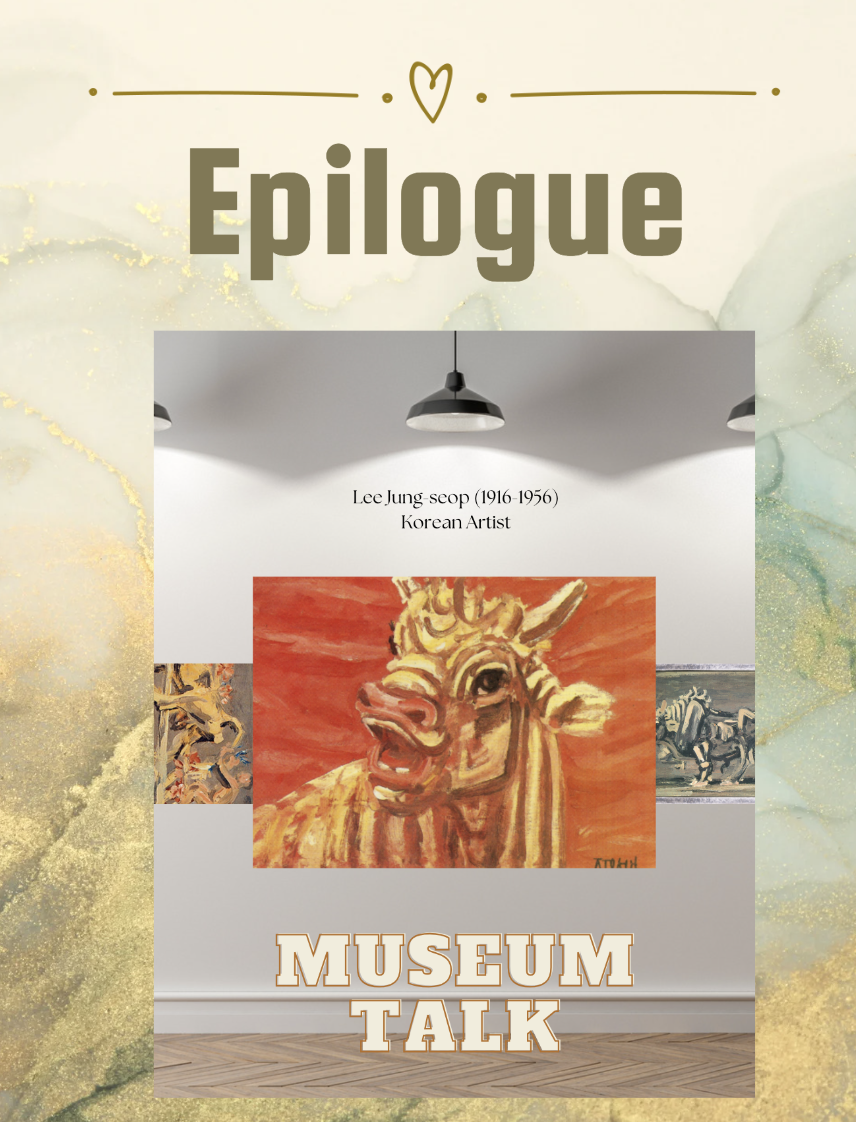
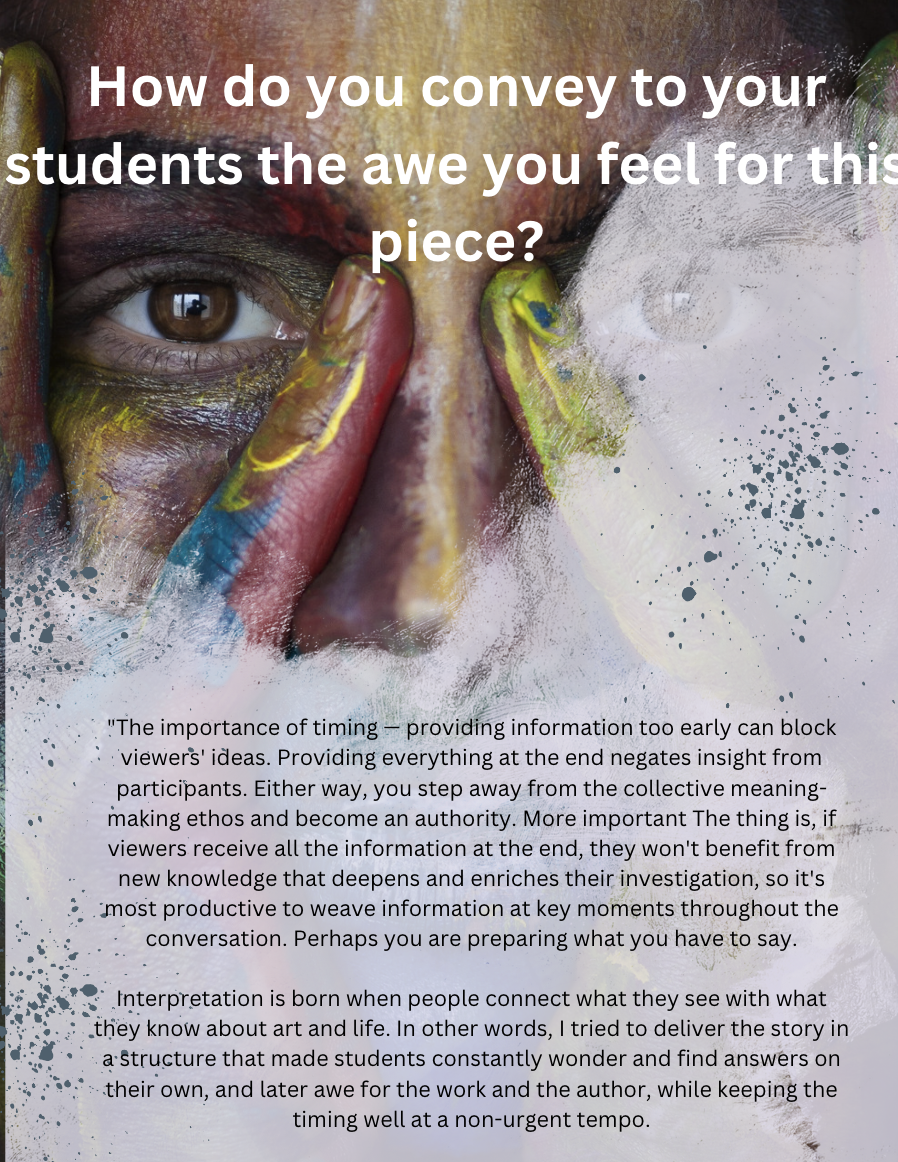
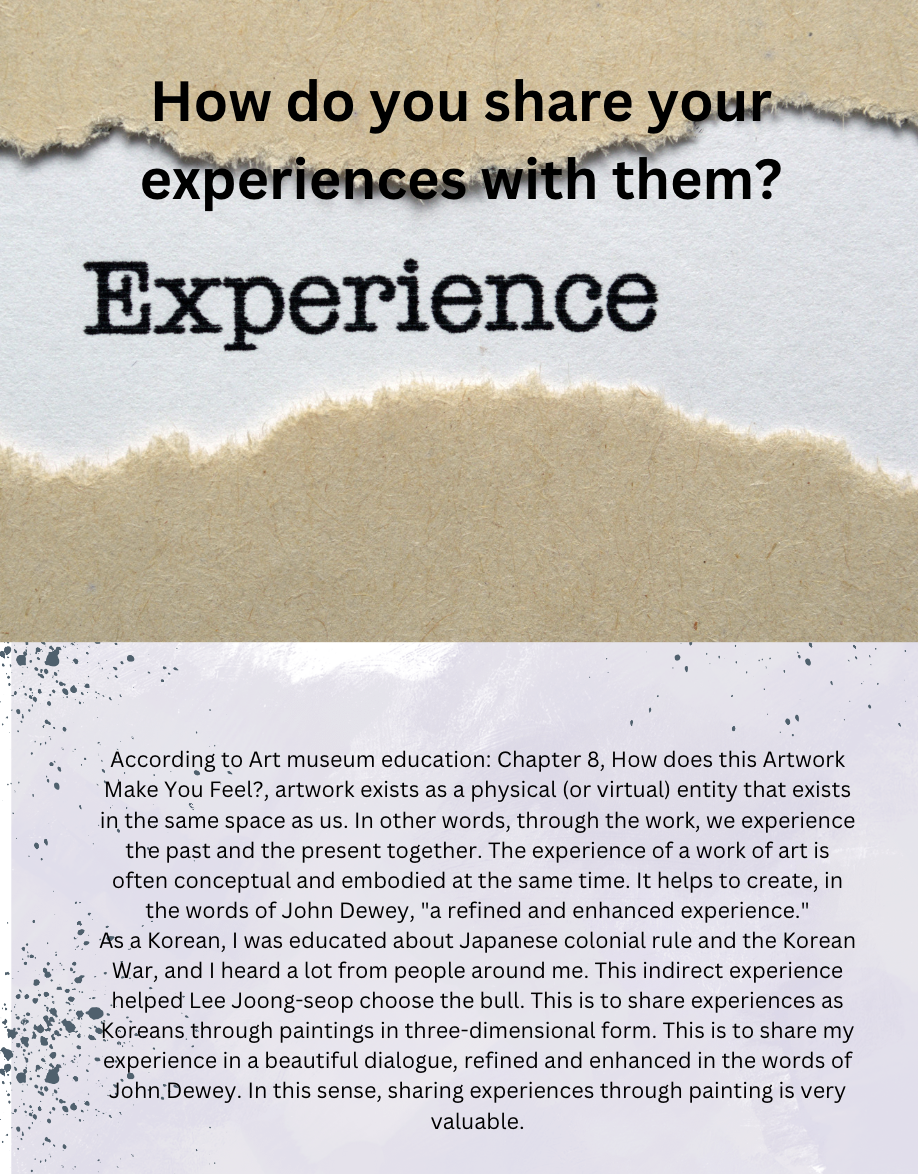
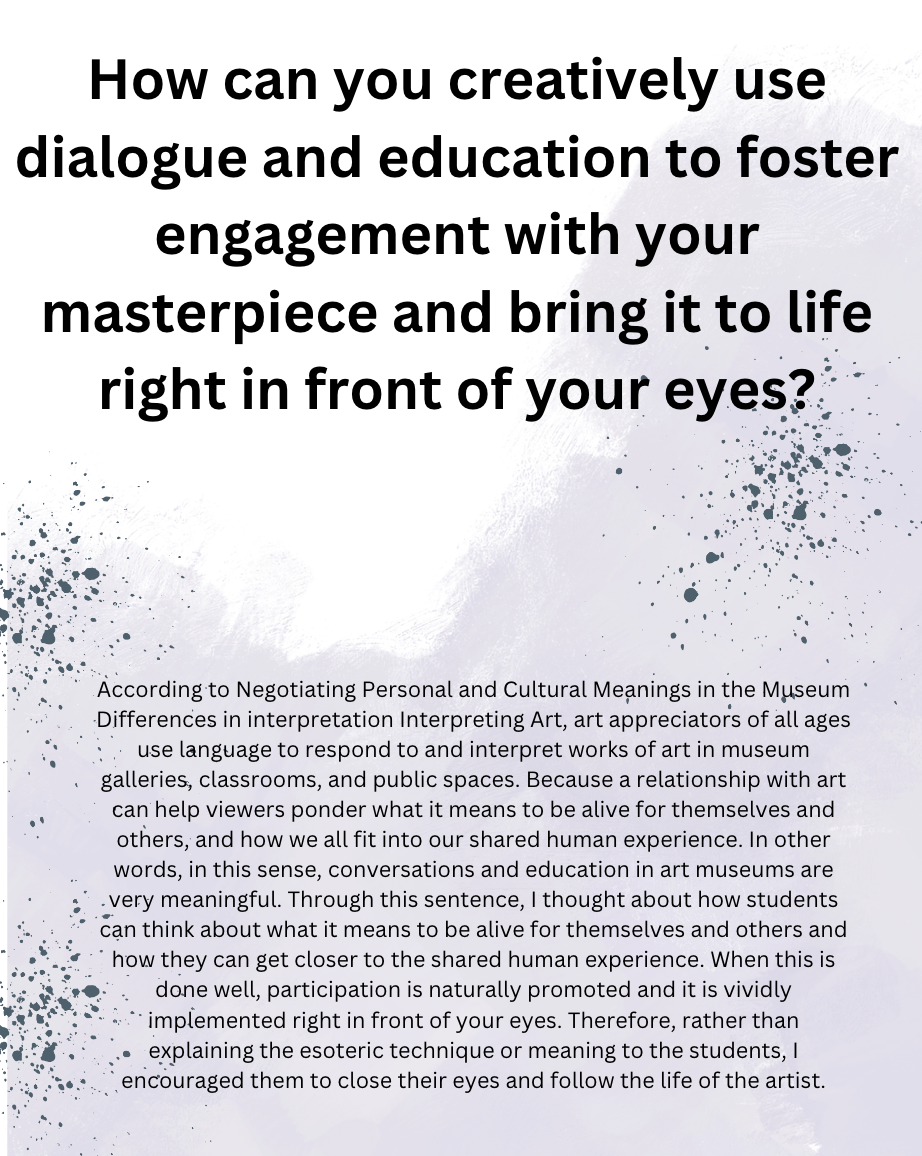
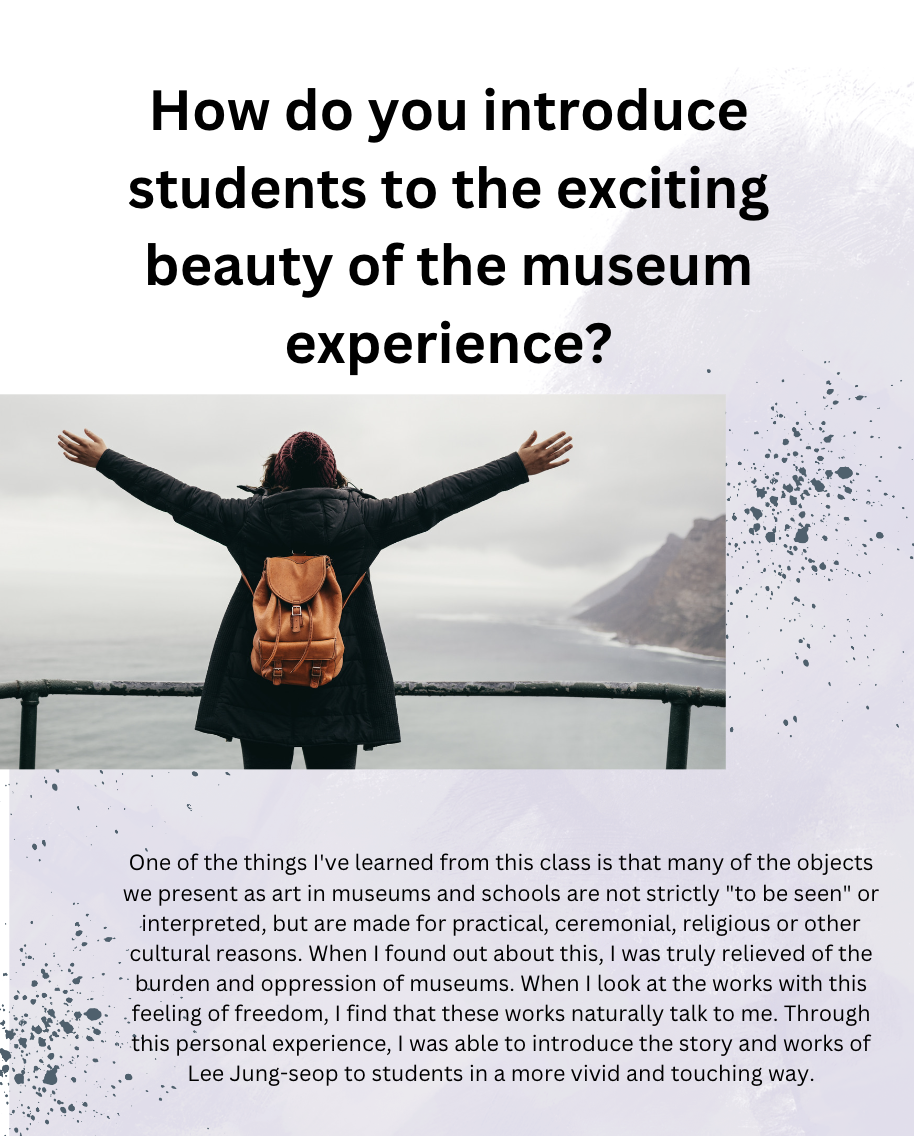
 RSS Feed
RSS Feed